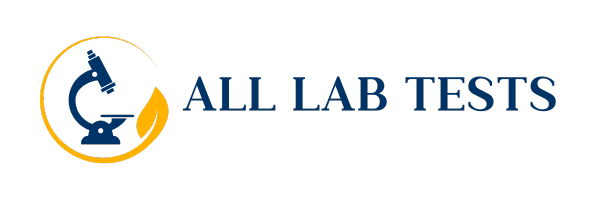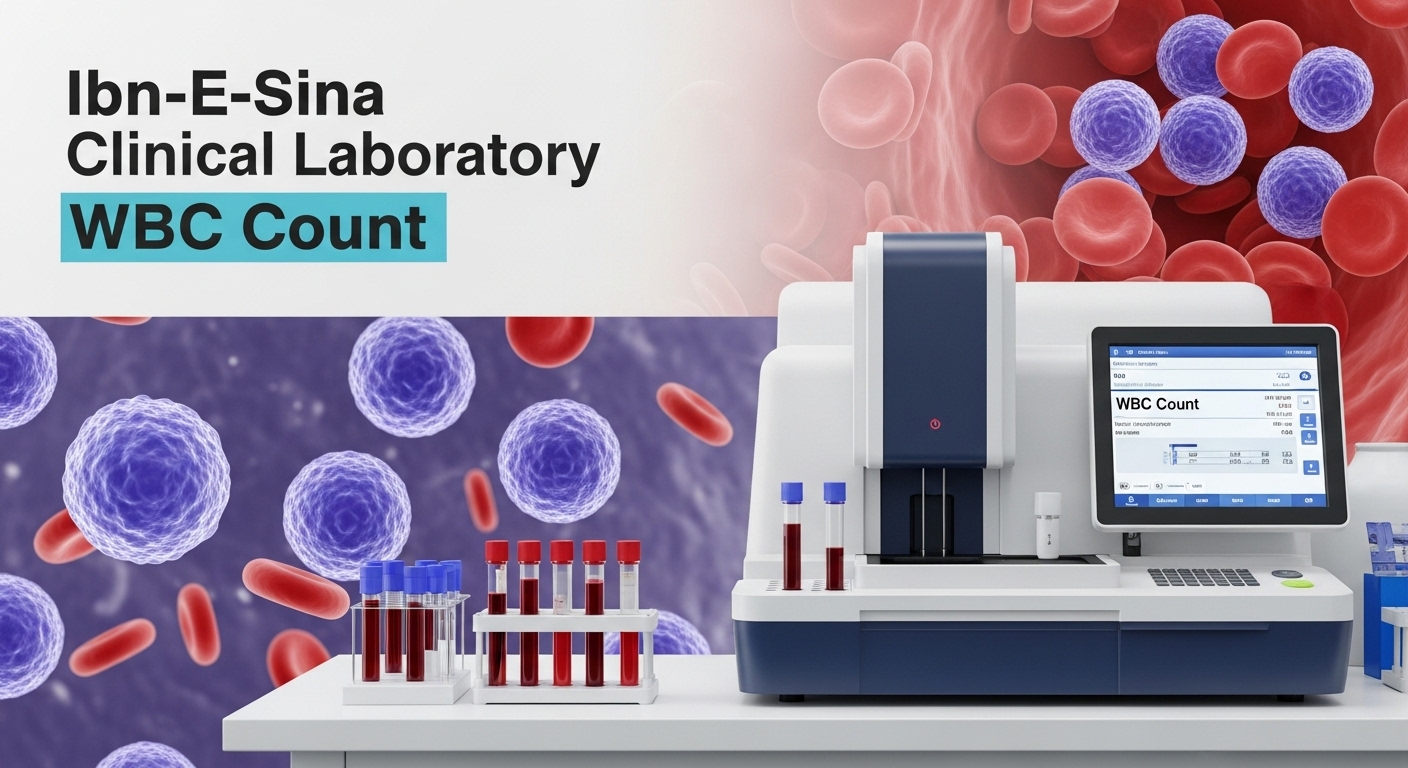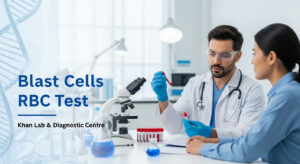The WBC Count (TLC) Test and WBC Morphology Test are two essential hematology investigations that evaluate your body’s immune system and blood cell health. White blood cells (WBCs), also known as leukocytes, are your body’s natural defense against infections, inflammation, and other diseases.
At Ibn-E-Sina Clinical Laboratory, both tests are conducted using modern automated analyzers and expert microscopic review, ensuring reliable and accurate results every time. The lab is one of Pakistan’s most trusted diagnostic networks, known for delivering affordable, timely, and precise test reports.
If your doctor suspects infection, inflammation, or blood-related disorders, these tests can provide crucial insights into your immune health and bone marrow function. Let’s explore what these tests mean, their preparation, process, cost, and how you can easily book them at Ibn-E-Sina Clinical Laboratory.
What is a WBC Count (TLC) Test?
The WBC Count (TLC) or Total Leukocyte Count measures the total number of white blood cells in a specific volume of blood.
It includes five types of WBCs:
- Neutrophils
- Lymphocytes
- Monocytes
- Eosinophils
- Basophils
Each of these plays a key role in protecting the body against different types of infections.
Doctors often recommend this test when they suspect:
- Bacterial or viral infections
- Inflammation or allergic reactions
- Bone marrow problems
- Immune system disorders
- Monitoring after chemotherapy or certain medications
What is a WBC Morphology Test?
The WBC Morphology Test, also known as a Peripheral Smear Report, goes one step deeper than the WBC Count test.
Instead of only counting white blood cells, this test examines the shape, size, and appearance of WBCs under a microscope to detect abnormalities in their structure.
It helps in:
- Identifying blood cancers (leukemia, lymphoma)
- Detecting abnormal or immature WBC forms
- Assessing infection severity
- Evaluating bone marrow disorders
This test gives a detailed picture of blood cell morphology (including red cells and platelets) and helps doctors pinpoint the underlying cause of abnormal WBC counts.
Why Are These Tests Important?
Both WBC Count (TLC) and WBC Morphology Tests are vital for understanding your immune system health and detecting early signs of infection or disease.
A WBC Count test shows how many white cells are present, while a Morphology Test reveals if those cells look healthy and normal. Together, they provide a complete picture of your body’s defense mechanism and can help detect conditions like:
- Leukemia
- Viral or bacterial infections
- Autoimmune diseases
- Allergies or inflammatory disorders
- Bone marrow dysfunction
These tests are a standard part of most Complete Blood Count (CBC) profiles and routine medical evaluations.
When Should You Get a WBC Count or WBC Morphology Test?
Doctors recommend one or both of these tests if you experience:
- Persistent fever or chills
- Fatigue or weakness
- Frequent infections
- Swollen lymph nodes or inflammation
- Unexplained bruising or bleeding
- Abnormal CBC results
If you’re undergoing chemotherapy, radiation therapy, or long-term medication, these tests are used to monitor bone marrow function and treatment progress.
How to Prepare for These Tests?
Both tests are simple and require no fasting. However:
- Inform your doctor about any medications (like steroids or antibiotics).
- Avoid heavy exercise before the test, as it may temporarily affect WBC levels.
- Stay hydrated to make blood collection easier.
- No dietary restrictions are necessary.
These easy steps ensure accurate and reliable results at Ibn-E-Sina Clinical Laboratory.
How Are These Tests Performed at Ibn-E-Sina Clinical Laboratory?
Both tests are performed from a small blood sample drawn from a vein in your arm.
Step-by-step process:
- A sterile needle is used to collect blood into a special test tube.
- The WBC Count (TLC) is analyzed using an automated hematology analyzer that counts total white cells.
- For WBC Morphology, a thin smear of blood is prepared on a glass slide, stained, and examined under a microscope by a qualified pathologist.
- The pathologist reviews cell shapes, sizes, and any abnormalities before finalizing the report.
Every test at Ibn-E-Sina Lab follows strict quality control and is cross-verified for accuracy, ensuring you receive reliable reports.
WBC Count (TLC) Report & Normal Values
| Parameter | Normal Range | Unit |
| WBC Count (TLC) – Adults | 4,000 – 11,000 | cells/µL |
| WBC Count (TLC) – Children | 5,000 – 13,000 | cells/µL |
Interpretation:
- High WBC Count (Leukocytosis): Infection, inflammation, stress, or bone marrow disease
- Low WBC Count (Leukopenia): Viral infection, autoimmune condition, chemotherapy effects
WBC Morphology Report & Interpretation
| Parameter | Normal Findings | Abnormal Findings |
| Cell Shape | Normal, round | Irregular, deformed |
| Cell Size | Uniform | Enlarged or small |
| Nucleus | Segmented | Immature or abnormal |
| Cytoplasm | Clear, light blue | Granular or vacuolated |
Interpretation:
- Abnormal morphology may indicate leukemia, infection, anemia, or bone marrow dysfunction.
- Only a doctor can accurately interpret what these findings mean for your specific health condition.
Understanding Abnormal Results
If your WBC Count or Morphology results are abnormal, possible causes may include:
- Infections (viral, bacterial, or parasitic)
- Autoimmune diseases (e.g., lupus, rheumatoid arthritis)
- Blood cancers or bone marrow disorders
- Drug side effects or radiation exposure
- Nutritional deficiencies (B12, folate)
Follow-up tests such as CBC with Differential, Bone Marrow Study, or Infection Screening may be advised by your doctor.
How to Support Healthy WBC Levels Naturally
Keeping your white blood cells in balance helps your immune system stay strong:
- Eat a balanced diet: Include fruits, vegetables, and proteins.
- Sleep well: 7-8 hours per night for better immunity.
- Exercise regularly: Light physical activity boosts immune response.
- Avoid smoking and excessive alcohol.
- Reduce stress: Chronic stress can lower immunity.
These lifestyle habits can help your body naturally maintain healthy WBC production.
Test Costs at Ibn-E-Sina Clinical Laboratory
| Test Name | Also Known As | Sample Type | Test Price | Fasting Required | Report Time |
| WBC Count (TLC) | Leukocyte Count, White Count | Blood | Rs. 300 | No | Within 24 hours |
| WBC Morphology | Peripheral Smear Report | Blood | Rs. 600 | No | Within 24 hours |
Both tests can be booked individually or together as part of a Complete Blood Examination (CBE).
At Ibn-E-Sina Clinical Laboratory, you get accurate results, affordable pricing, and professional service at every step.
Ibn-E-Sina WBC Count & Morphology Test Price in Pakistan
The Ibn-E-Sina Clinical Laboratory WBC Count (TLC) Test Price in Pakistan is Rs. 300, and the WBC Morphology Test Price is Rs. 600.
These prices are standardized across Ibn-E-Sina branches nationwide, ensuring affordability for all patients.
You can book both tests online through All Lab Tests and visit your nearest Ibn-E-Sina branch for quick sample collection.
With digital reports, same-day results, and expert analysis, Ibn-E-Sina remains a top choice for reliable blood testing in Pakistan.
Where to Book WBC Count (TLC) & WBC Morphology Tests in Pakistan
Searching for “WBC Count Test near me” or “Peripheral Smear Report near me”?
You can easily:
- Compare WBC Count and Morphology test prices in Pakistan
- View Ibn-E-Sina test charges 2025
- Choose the nearest diagnostic center
All this can be done conveniently on All Lab Tests, Pakistan’s trusted platform for comparing lab test prices and booking online appointments.
Book Your WBC Count (TLC) & Morphology Test at Ibn-E-Sina Clinical Laboratory
Take charge of your health today, book your WBC Count (TLC) and WBC Morphology Test at Ibn-E-Sina Clinical Laboratory for accurate and timely results.
Affordable pricing Rs. 300 for WBC Count, Rs. 600 for WBC Morphology
Expert phlebotomists and pathologists
Same-day reporting with online access
Easy booking via All Lab Tests
Book now and get your immune system checked at one of Pakistan’s most trusted and affordable diagnostic laboratories.





